Weekly Tech Recap - № 215 - Linux kernel in Windows, Pixel 3a, Ice Lake is coming, Isocell Bright GW1, Frontier
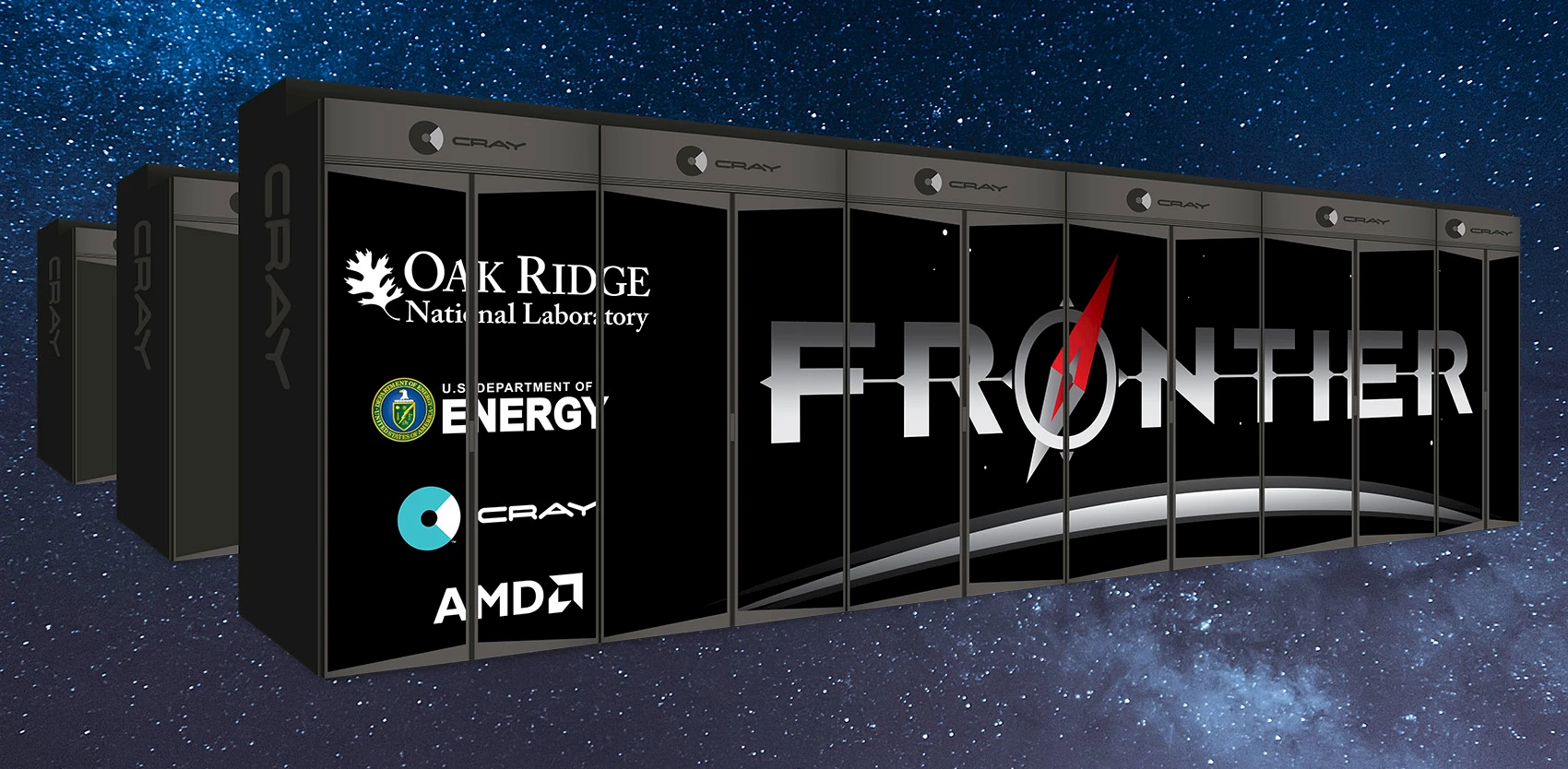
True Linux kernel in Windows 10
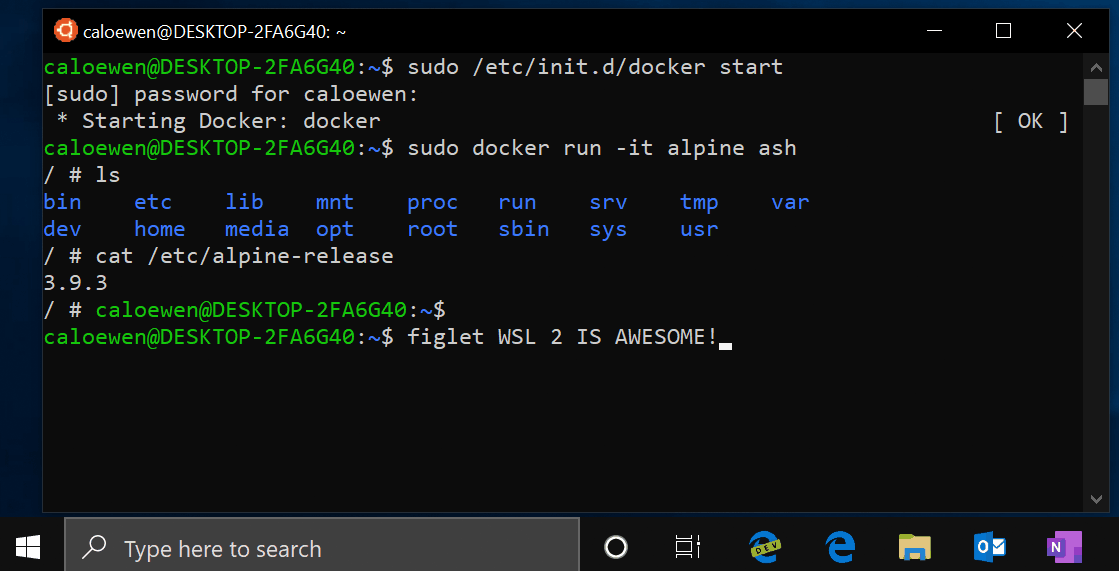
Windows+Ubuntu+Docker. © Microsoft.
The current Windows Subsystem for Linux (WSL) is a Microsoft-created emulation that translates Linux kernel APIs to Windows NT kernel APIs. It works pretty well, but has a few shortcomings in terms of compatibility and speed. But this will soon be a thing of the past: the new WSL will run a true Linux kernel, based on LTS (Long Term Support) version 4.19, in a lightweight virtual machine, under GPL licence (inherited from the Linux licence). And for the benefit of developers, WSL 2 will support Docker. This new system will greatly enhance performance. File system-heavy operations, like extracting a tarball, can be up to 20 times faster. Microsoft’s love for Linux blooms late, but strong.
Also in the news, Microsoft has revealed the new Windows Terminal 1.0. What’s special about it is that it supports multiple tabs. It is now possible to open any number of tabs, each connected to a command-line shell or app of your choice, e.g. Command Prompt, PowerShell, Ubuntu on WSL, a Raspberry Pi via SSH, etc. This summer, a preview version of Windows Terminal will be released to the Microsoft Store so you can test it and provide feedback. Best of all, it’s open source! Microsoft has come a long way in the last few years.
⇨ Microsoft, “Shipping a Linux Kernel with Windows.”
⇨ Microsoft, “Introducing Windows Terminal.”
⇨ Ars Technica, “Windows 10 will soon ship with a full, open source, GPLed Linux kernel.”
Google Pixel 3a and 3a XL

Pixel 3a. © Google.
At the I/O conference, Google announced the new Pixel 3a and 3a XL phones, the more affordable versions of the Pixel 3 and 3 XL. What does the A mean? No-one knows. But the point is that these phones keep the superb, high-end Pixel cameras (including the Google Night Sight feature). To make them more affordable, Google switched out the glass on the back for plastic, put in a cheaper processor (Snapdragon 670 SoC), limited storage to 64GB, and dropped wireless charging and water resistance. But the Pixel 3a do have an audio jack! The 3a has a 5.6-inch OLED display (2,220x1,080), while the 3a XL has a 6-inch OLED display (2,160x1,080). Prices range from USD400 (CAD550) for the Pixel 3a to USD480 (CAD650) for the XL version. The devices are already available at Google Store in the following countries: Australia, Canada, Germany, France, India, Ireland, Italy, Japan, Singapore, Spain, Taiwan, United Kingdom, and United States.
⇨ Ars Technica, “Meet the Google Pixel 3A: A midrange phone with a flagship camera for $399.”
⇨ Circuit Breaker, “Pixel 3A vs. Pixel 3: how the specs compare for Google’s latest phones.”
Intel’s 10nm chips are finally here
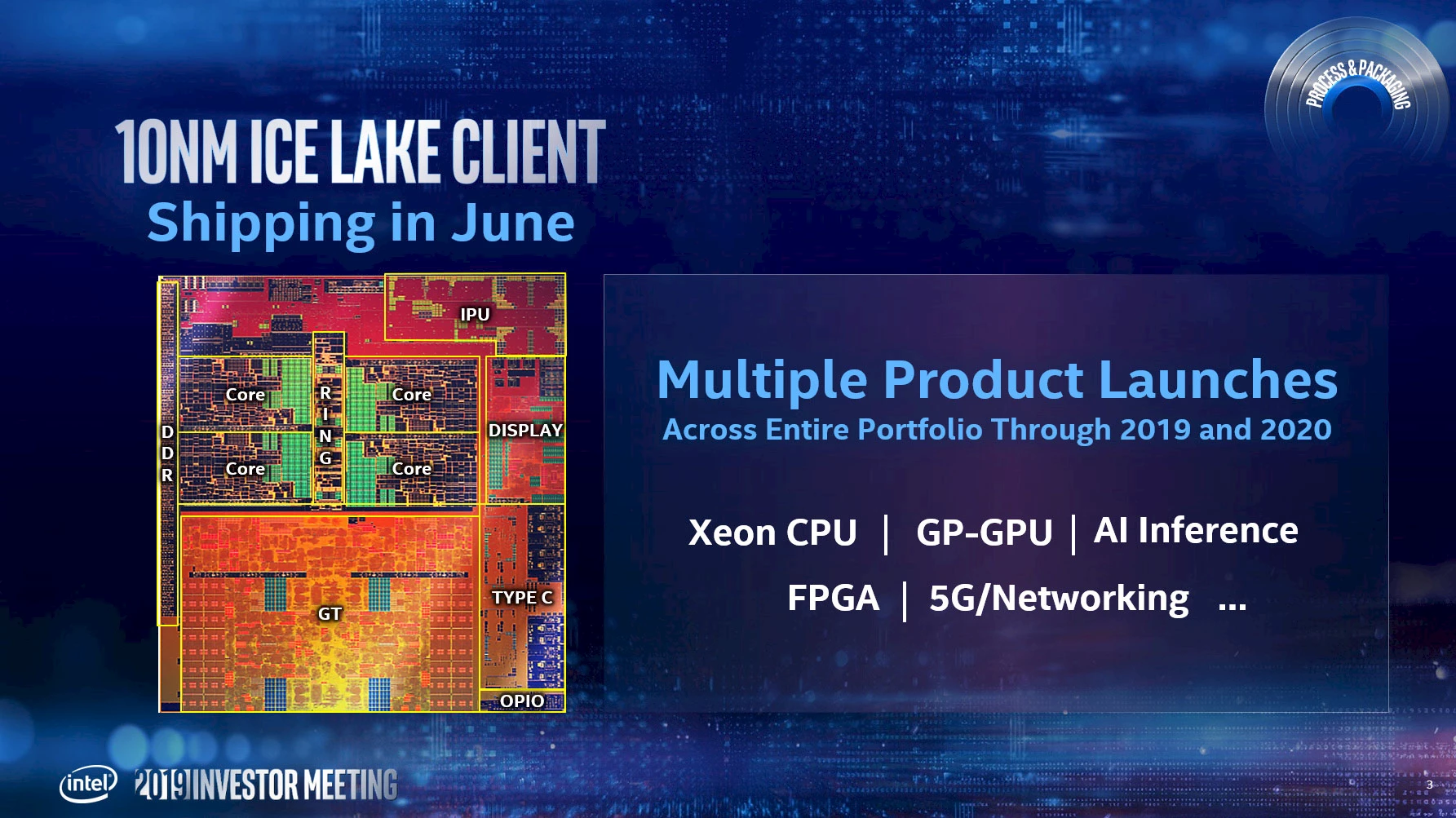
10nm Ice Lake is coming. © Intel.
After years of delays and problems with its 10nm processors, which had originally been announced for 2016 (Cannon Lake), Intel announced at an investor conference in Santa Clara that the Ice Lake processors will be widely available as soon as June for laptops. This new platform will provide 3 times faster wireless speed, 2 times faster video transcode speeds, 2 times faster graphics performance, and up to 3 times faster artificial intelligence performance over Coffee Lake. But the surprise announcement is that Intel has committed to have 7nm chips as early as 2021, with the first generation for its future GPUs. Given our past experience with Intel, you’d be forgiven for having your doubts. But Intel has gone one further by stating that stock shortage problems with the 14nm processors will continue to improve, and that they would be fully resolved by the fourth quarter.
⇨ ExtremeTech, “Intel will launch 7nm chips in 2021, Ice Lake ships in June.”
⇨ TechRadar, “Intel says Ice Lake is on target, and even faster 7nm CPUs will arrive by 2021.”
New 64Mp sensor for mobiles
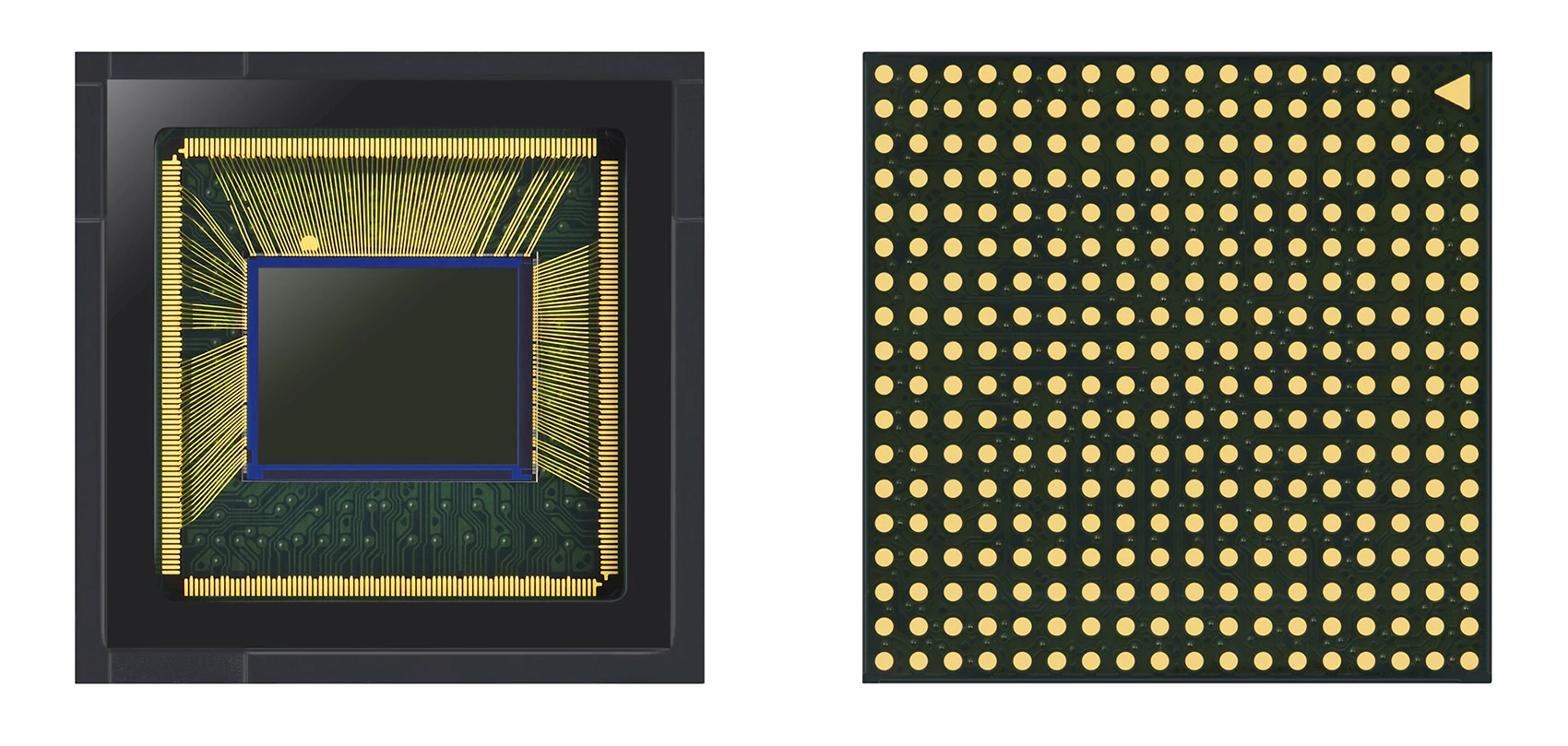
Isocell Bright GW1. © Samsung.
Last July, Sony introduced its 48-megapixel sensor for smartphones, the IMX586, which was already pretty impressive. On Thursday, Samsung responded with its 64-megapixel sensor, the Isocell Bright GW1. This means that it is more powerful than the highest-quality traditional cameras, like the Nikon D850 (45.7Mp), the Sony a7R III (42.4Mp) or the Canon EOS 5DS (50.6Mp). But it comes with a technological trick similar to Sony’s: in bright settings, you’ll get a 64Mp image, whereas in low-light conditions, the technology merges 4 pixels into one, producing a 16Mp image (which is still better than Sony’s 12Mp). Samsung’s Isocell Bright GW1 sensor should start being mass-produced in the second half of 2019. We don’t know when we’ll start seeing it in our phones, but Samsung will probably feature it in its next-generation Galaxy devices (the Note 10, in August or September 2019, and the S11, in February or March 2020).
⇨ Samsung Newsroom, “Samsung to Bring Industry’s Highest Resolution for Mobile Cameras with New 64Mp ISOCELL Image Sensor.”
⇨ Engadget, “Samsung sensor paves the way for 64-megapixel smartphone cameras.”
AMD/Cray supercomputer
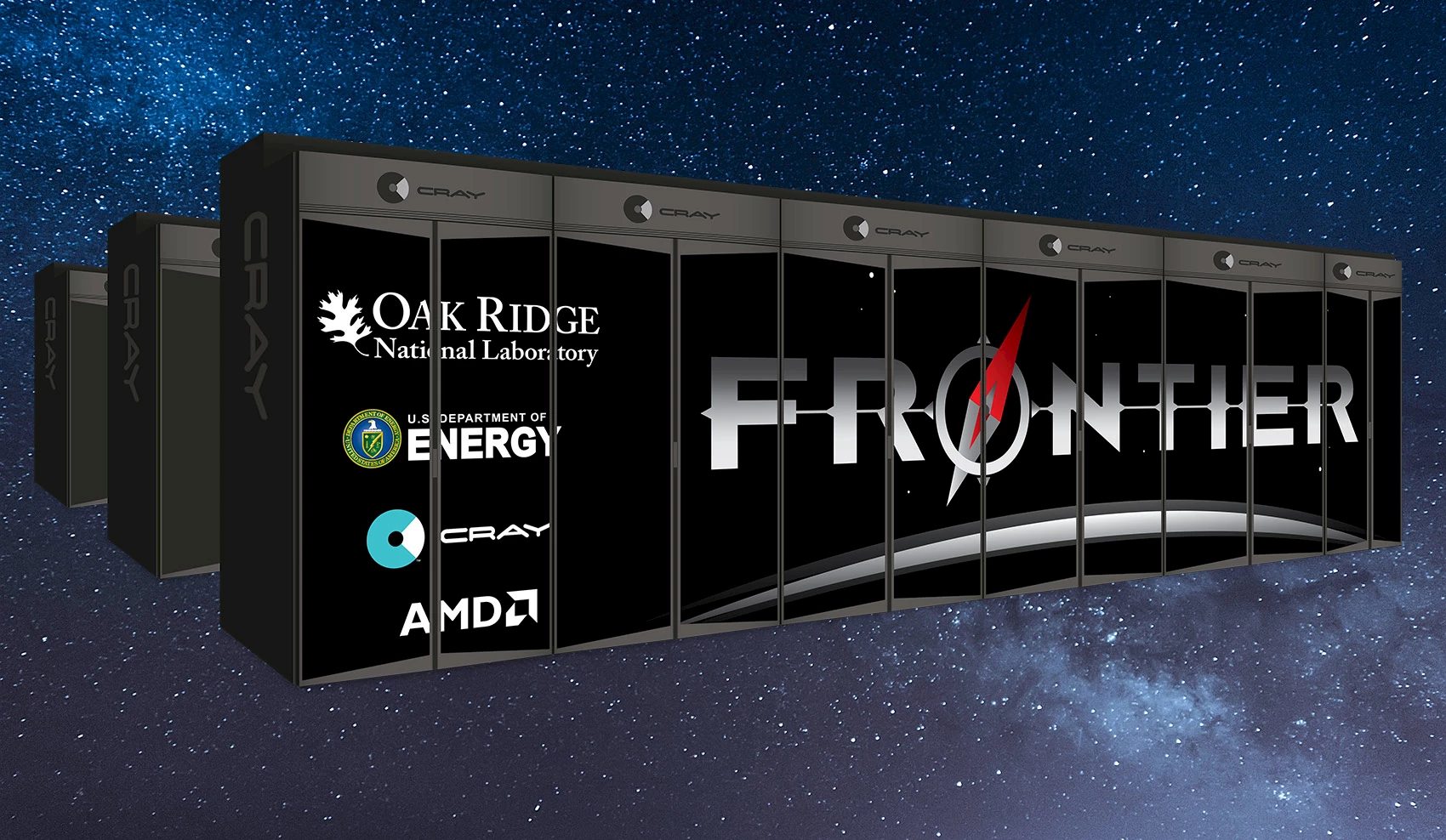
Frontier. © Cray.
AMD and Cray have announced that they will be building the Frontier, a new supercomputer, for the US Departement of Energy’s Oak Ridge National Laboratory in Tennessee. It will have over 1.5 exaFLOP/s of power, or 1.5×1018 operations per second, or the equivalent of 100,000 Nvidia GeForce RTX 2080 cards. It will require 150km of cabling and 100 cabinets over 680m2. It will use AMD’s Epyc CPUs (Zen 3 or Zen 4 microarchitecture). The project is evaluated at 600 million dollars and the computer should be commissionned in 2021. It will be one of the world’s first machines to compute in terms of exaFLOP/s (along with Intel/Cray’s one-exaFLOP/s Aurora, also to be delivered in 2021, and most probably a Chinese supercomputer to be delivered in 2020). World’s current most powerful computer, the Summit (also at Oak Ridge) is a bare 200,794 teraFLOP/s, or a scant 0.2008 exaFLOP/s.
⇨ The Verge, “World’s fastest supercomputer will be built by AMD and Cray for US government.”
